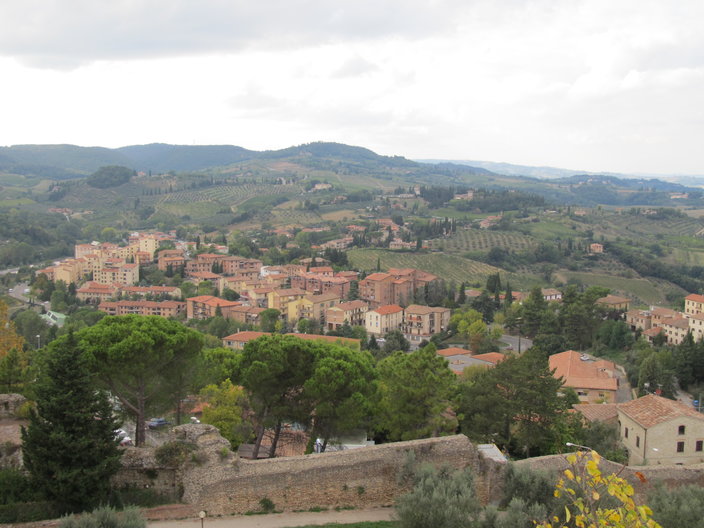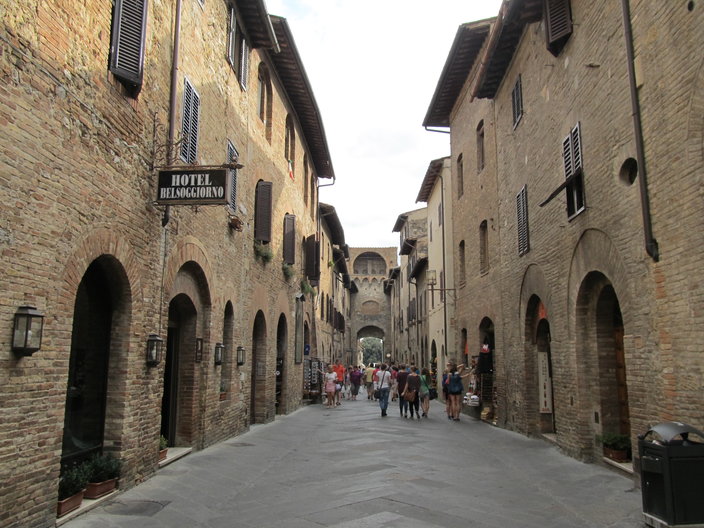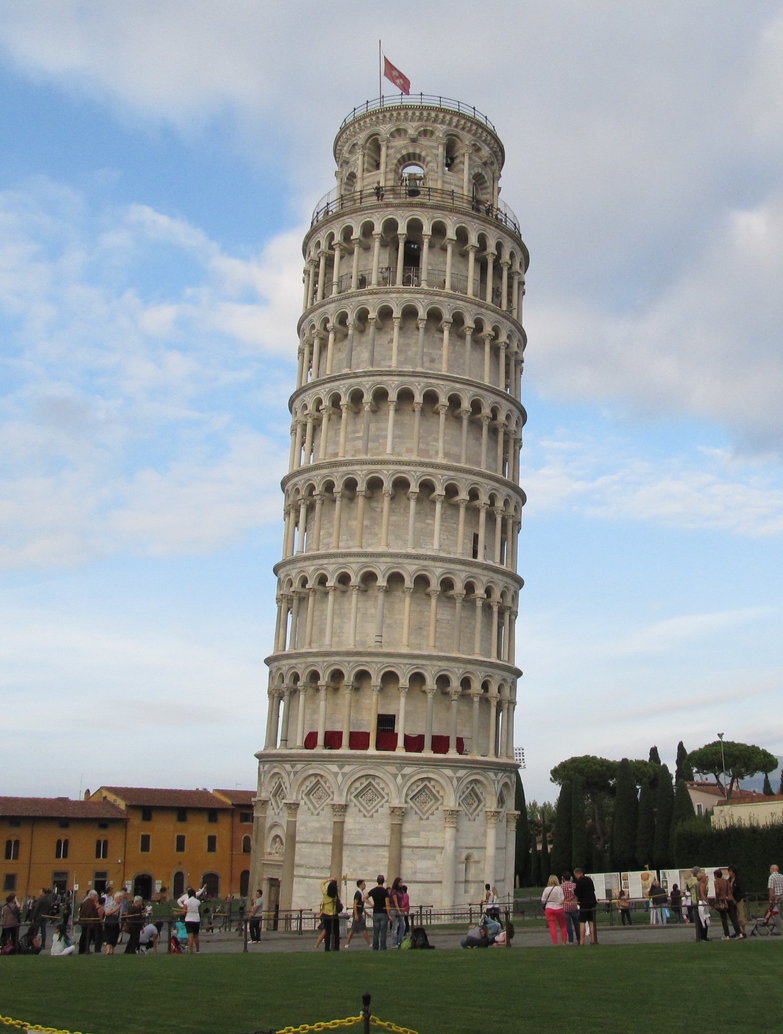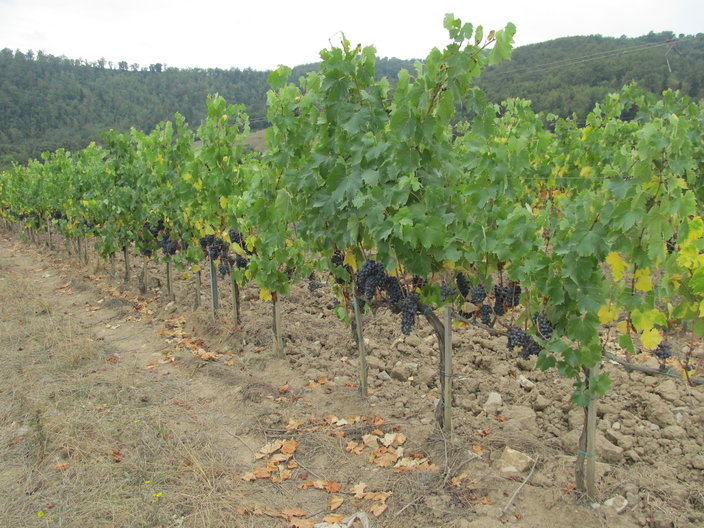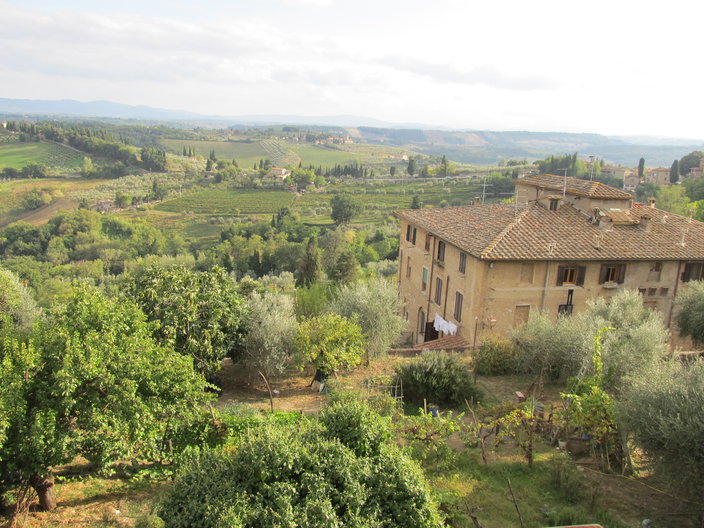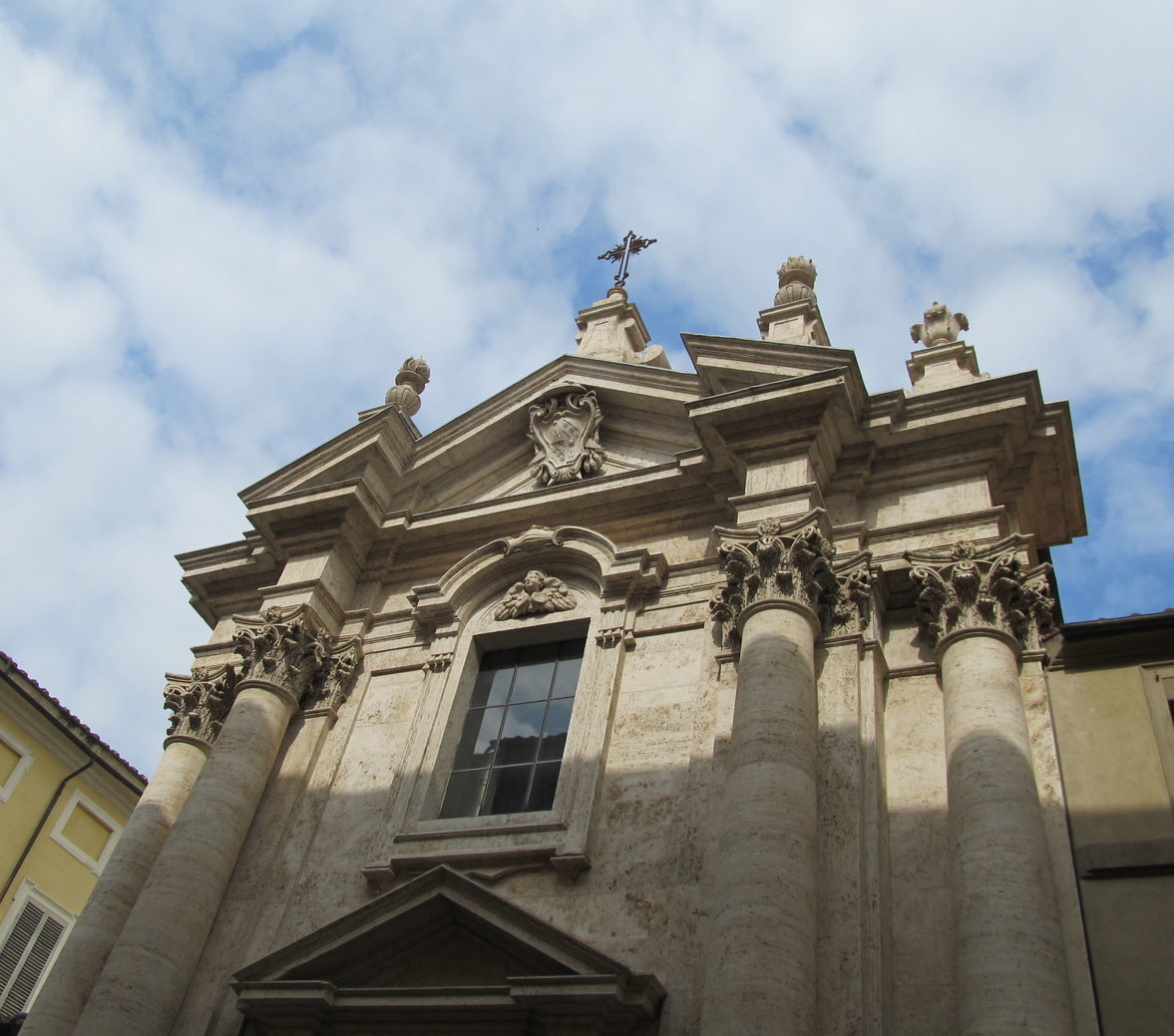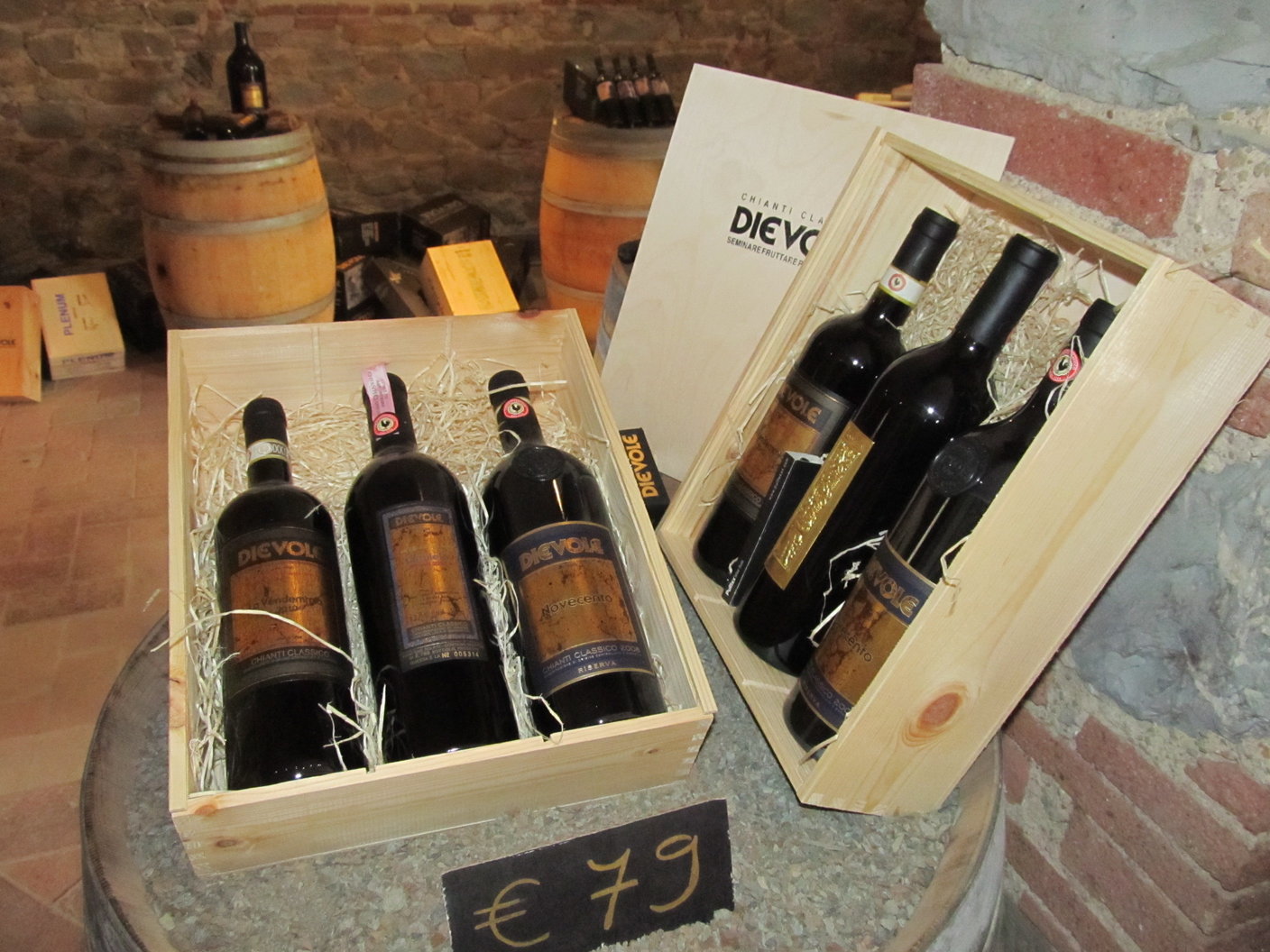Although both of us have travelled quite a lot in Italy over the years, neither of us have been to Tuscany. So courtesy of Jet 2 we flew directly to Pisa, picked up a car and drove to San Gimignano where we had a lovely apartment and from here visited Pisa, Sienna, Florence, etc.
Below are some pics from the various places we visited
San Gimignano & Monteriggio
Sienna
Pisa
Florence
Some cool facts about Tuscany
Think of Tuscany and your mind no doubt becomes awash with images of vineyards rolling into panoramas of splendour, or perhaps the Renaissance architecture and art of Florence, Siena or Pisa; or maybe just a massive glass of Chianti.
Tuscany is the largest region in Italy and it covers nearly 9,000 square miles. The capital city of Florence and the surrounding countryside attracts 10 million visitors every year. If you are considering visiting Tuscany, here are a few interesting facts that you should know before your trip:
Tuscany Was Where the Italian Language Was Born
Commonly held to be the centre of the Renaissance, Florence – and Tuscany in general – was extremely influential in the artistic, cultural and commercial development of Europe and by extension the wider world. Its place in the expansion of literature and linguistics is also primary, with Dante Aligheri, Giovanni Boccaccio and Francesco Petrarca (known as Petrarch in English) creating literary works that remain important to this day.
While the Italian language is clearly close to Latin, the official version of Italian that is spoken and written throughout the country today is based on the Tuscan (Toscano) dialect of the Renaissance period. In 1612, the Accademia della Crusca published the first edition of official Italian vocabulary, based in large part on the writings of the aforementioned literary greats.
Pinocchio is From Tuscany
While many associate the Pinocchio character with Disney’s 1940 animated film, the original story – The Adventures of Pinocchio – was penned by Carlo Collodi, who was born in Florence in 1826.
Collodi – whose real name was Carlo Lorenzini – took his nom de plume from the medieval village of that name where he spent a portion of his childhood.
Collodi, located in Pescia in northern Tuscany, now bases its economy on tourism thanks to the Pinocchio Park located there. The residents of Collodi also celebrate Pinocchio’s ‘birthday’ every 25th May.
There is also a project underway to bring the original Pinocchio puppet back to life using a strand of his DNA found on the fossilised body of a small cricket… oh, my nose appears to be growing!
Tuscany Has More UNESCO World Heritage Sites Than South Africa, Argentina or Australia.
If it is culture you seek you would be hard-pressed to find a region anywhere in the world that possesses such a rich array of architectural or artistic beauty. The historic centres of Florence, Siena, San Gimignano and Pienza, along with the Piazza del Duomo in Pisa have all been recognised by UNESCO by being granted World Heritage status.
If you have had your fill of the winding streets, medieval towers and expansive piazzas, you are in luck: the other of Tuscany’s six World Heritage sites is recognised for its natural beauty. The rolling landscape of the Val d’Orcia inspired many a Renaissance painter, especially those of the Scuola Senese, and many iconic images were created.
The Leaning Tower of Pisa is Not the Only Leaning Tower
The Leaning Tower of Pisa leans because it was built on unstable marshland and it weighs almost 15,000 tonnes. However, there are other towers than lean in the area, including the bell towers at the church of St. Nicola and the church of St. Michele deiScalzi.
The name ‘Pisa’ was based on a Greek word meaning ‘marshy land’. Architects would have done well to consider this fact before planning such grand projects as the Leaning Tower (Torre pendente di Pisa) which weighs almost 15,000 tonnes.
Other towers that have discernable leans to them include the bell towers at both the church of St. Michele dei Scalzi and the church of St. Nicola. Added to that, the cathedral and baptistery are both sinking.
There is No Drinking Age in Italy
Tuscany is Known as a “Nation Within a Nation”
This is because of its unique linguistic and cultural identity – which is distinct from other regions in the rest of Italy.
Tuscany is Home to Some of the Most Precious Artwork in the World
This Region Was The Birthplace of the Western Musical Tradition
In Florence in the mid-16th century, the Florentine Camerata (a group of poets, musicians and intellectuals) got together and started experimenting with putting ancient Greek myths to music on the stage. This was the origin of the very first operas, which lead to early classical forms such as the symphony.
Many British Tourists Come to the Chianti Wine Region that It Has the Nickname “Chiantishire”
Many Celebrities Choose to Holiday or Live in Tuscany
Some of the famous people who own property in Tuscany include musician Sting, fashion designer Giorgio Armani, opera star Andrea Bocelli, actor Richard Gere and actor Antonio Banderas. These are just a few interesting facts about this beautiful region of Italy, so that you can be well informed when you are visiting Tuscany.
Marble Arch started life in Tuscany
Yes that’s right, almost all the marble used to construct the famous British monument that is situated at the junction of Oxford Street and Park Lane in London comes from Tuscany. The famous Carrara marble that was utilised when the John Nash-designed arch was constructed – between 1827 and 1833 – was also used to construct Rome’s Pantheon and Trajan’s Column.
While the marble has been a much sought-after building material since the early days of the Roman Empire, it really came into its own during the Renaissance when many of the greatest sculptors in history used it to carve their masterpieces, including Michelangelo when he created his David, which you can find in the Galleria dell’Accademia in Florence.

